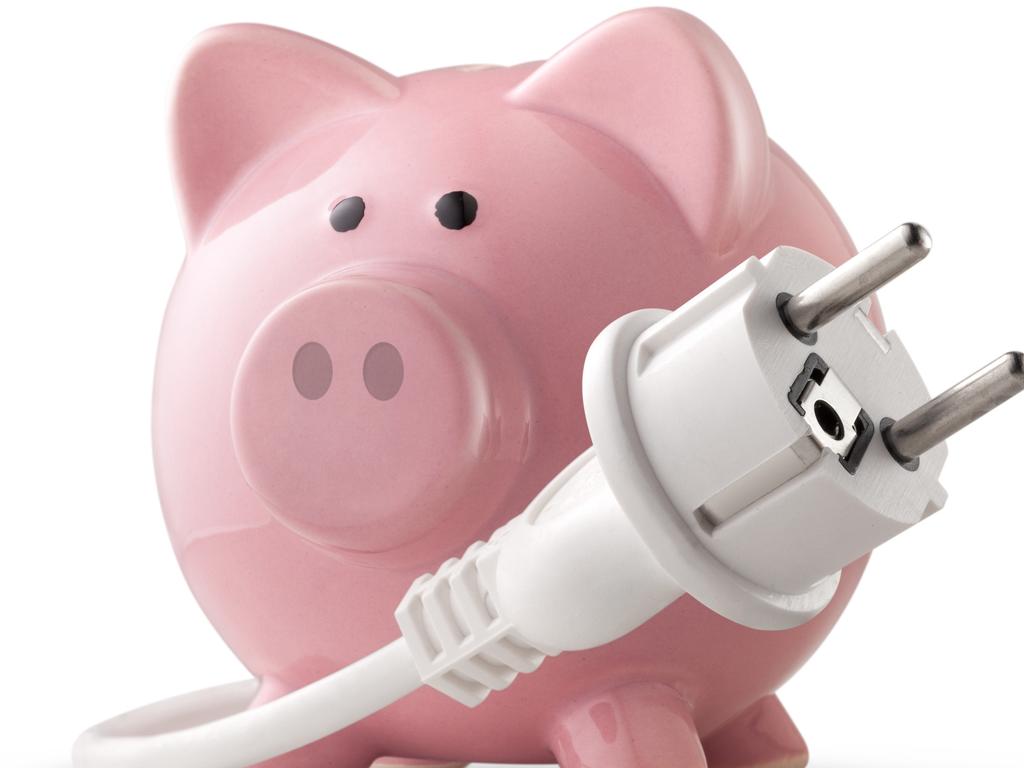Clever asset allocation the key to thriving once the coronavirus pandemic is over

Asset allocation uses a framework that shows, for an individual investor — and taking into account the person’s investment objectives and risk tolerance — the percentages of their investments to be held across “defensive assets” (such as cash, term deposits, government bonds and corporate debt) and “growth assets” (such as Australian shares, international shares, commercial property, infrastructure, private equity and commodity funds).
When well carried out, asset allocation (AA) can deliver three advantages. First, it has the long-run advantages: enabling investors to benefit from higher returns on some asset classes that, though risky and variable in the short run, provide good returns long-term.

Second — and because returns from different asset classes are usually negatively or lightly correlated when there’s panic in financial markets — good AA can provide useful protection during financial crises. In March this year, average share prices collapsed, but bond prices held steady or increased. Third, there are times when making a small tilt in asset allocation boosts an investor’s returns for a while. Of course, after the AA is agreed, there’s still the challenge of selecting individual securities, assets or funds to fill out the preferred portfolio.
With the exception of the depression of the 1930s, economic slumps have ended earlier than expected. And sharemarket sentiment is forward-looking; shares bottom before economic conditions are reckoned to be recovering. After the global financial crisis, sharemarkets moved up from March 2009, and the global economic upswing began in June. Investors need to avoid taking the view “I’ll wait for the recession to end and then I’ll buy shares”.
This time around, unemployment rates are likely to remain uncomfortably high for an extended time; many companies will fail; and growth will be uneven and patchy. But prospects are the global recession will end in the first half of 2021, as governments maintain stimulatory fiscal settings, and central banks continue to provide extremely accommodative financial conditions for another year or two. Investors contemplating a tilt in their asset allocations to benefit from the ending of the recession might think about these matters:
● The major uncertainty is the future course of the pandemic. Will there be a third wave in infections? When will a vaccine will be found, cleared and mass-produced? Some investors want their AA to have an extra buffer of safe assets that could be drawn on either to buy quality assets cheaply in the event the pandemic worsens, or to buy quality assets quickly as their prices surge on confirmation of a vaccine.
● A modestly paced global recovery would not result in aggregate corporate earnings recovering quickly to pre-COVID levels. Price/earnings ratios, still the most watched indicator of sharemarket valuations, would remain at levels that many investors and commentators will say are distressingly high. But extremely low interest rates will likely support share prices in 2021, because high current values are put on future earnings, and because the hunt for yield would continue. Stock selection is all important.
● Selection of a weighting for defensive assets in the AA is particularly difficult in the conditions we’ll be facing. Cash rates are low; and central banks are keeping bond yields down through programs of quantitative easing and “yield curve control”. Australian 10-year yields have recently been trading at 0.8 per cent — lower than the recent rate of inflation and well below the Reserve Bank’s current aim of lifting inflation above 2 per cent. With nominal bond yields at such low levels, and real bond yields negative, further capital gains on bonds seem unlikely; later on, the return of even modest inflation will likely hurt bond holders. Investors need to allow that returns on defensive assets will be low or a few years, but still hold a combination of Australian government and semi-government bonds, quality corporate bonds, selected bank hybrids, positive-return bond funds and term deposits.
Don Stammer is an adviser to Stanford Brown Financial Advisers. The views expressed are his alone.
don.stammer@gmail.com







With early signs coming through of the green shoots of economic recovery both here and abroad, many investors will be taking a fresh look at what, for them, is the best way of spreading their investment portfolios across the main asset classes.